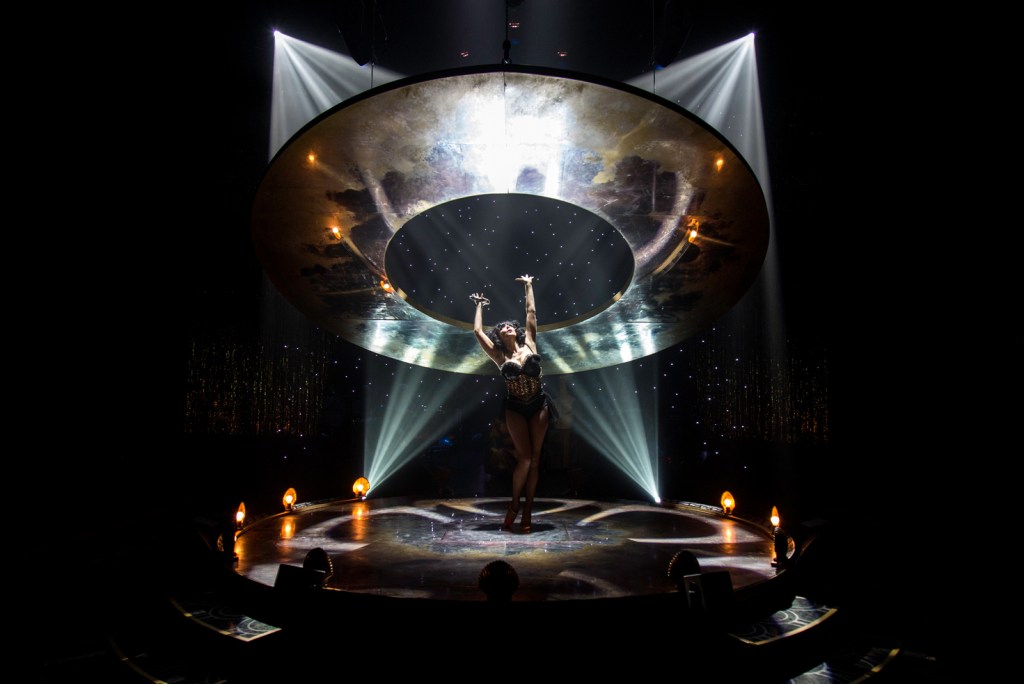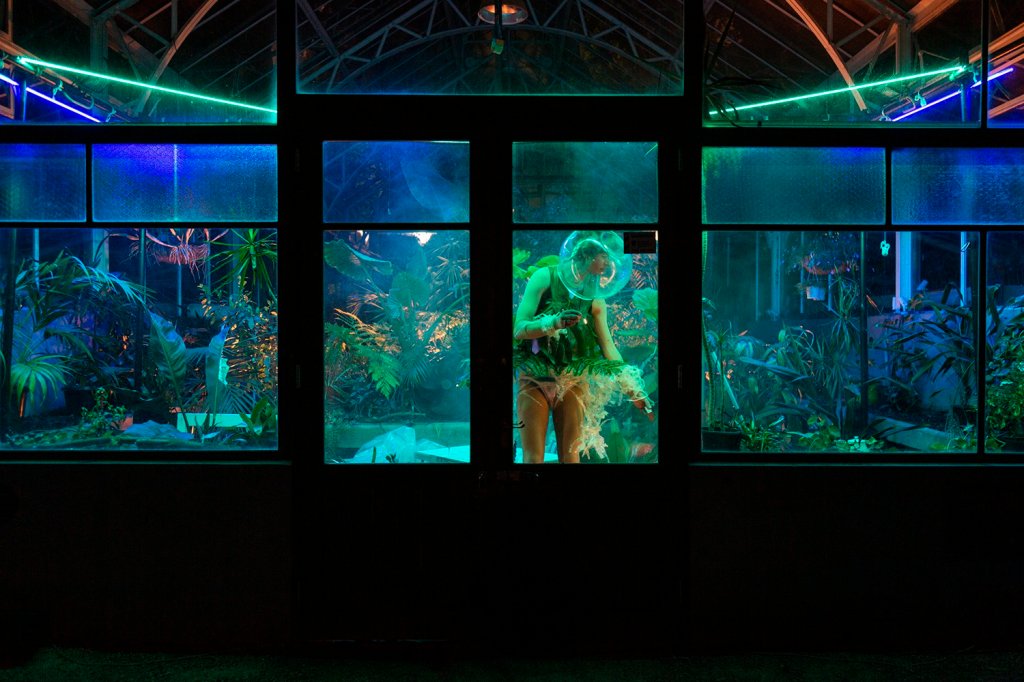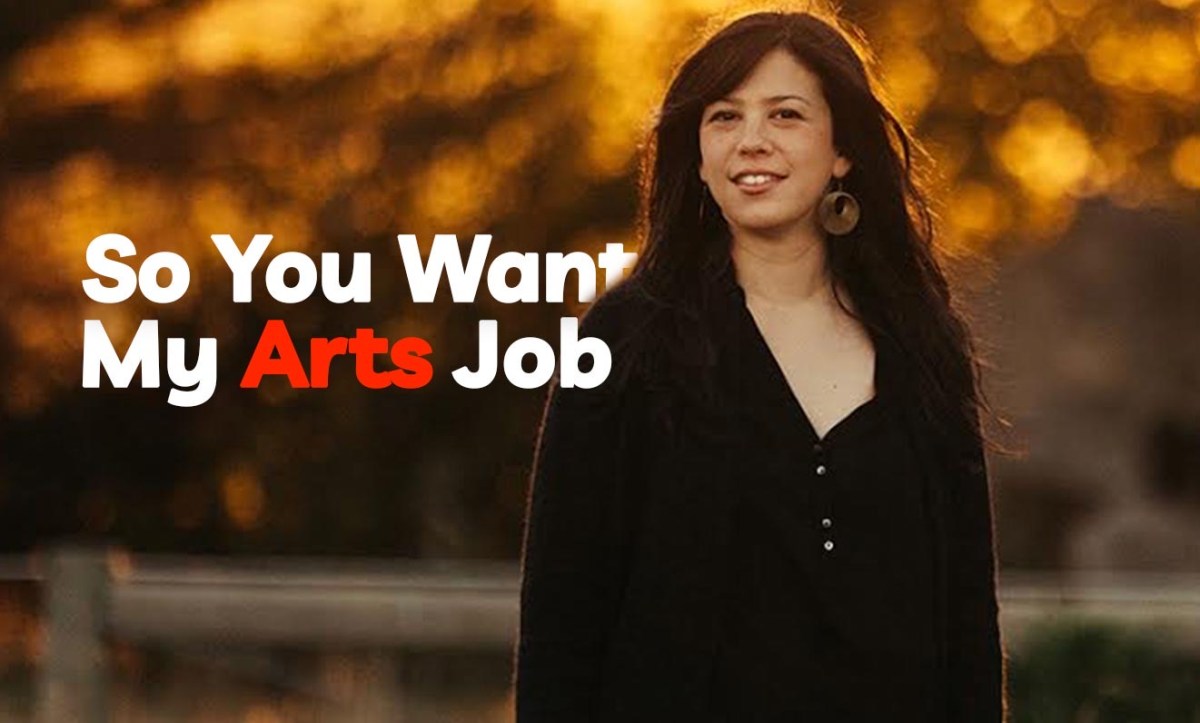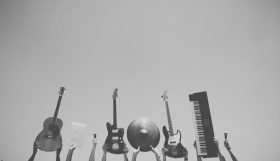Learning the art from the likes of performance photography icon Jeff Busby, Pia Johnson has nurtured a career around capturing the ephemeral moments of live performances, from theatre to circus and everything in between.
More than just clicking the shutter, performance photographers have the power to shape our memory and perception of ephemeral shows, exemplifying their emotive and dramatic elements.
Johnson is behind much of the visual documentation we see in Melbourne’s performing arts scene, including Malthouse Theatre (Melancholia, Apocalypse Meow: A Crisis is Born, Because the Night), Chunky Move (Common Ground, 247), Chamber Made (Dybbunks), Melbourne Theatre Company (A View from a Bridge) and more.
Apart from performance photography, Johnson is also a visual artist, whose practice emerged out of a concern with issues of cultural identity and difference, stemming from her mixed background of Chinese and Italian-Australian heritage.
Johnson has previously been a finalist in photography awards including the National Photographic Portrait Prize, the Olive Cotton Award, and the Josephine Ulrick and Win Schubert Award, among others.
She currently teaches at RMIT University School of Art where she is the Master of Photography Program Manager.
How would you describe what you do?
I’m a photographer who specialises in performance photography, portraiture and visual art. As a performance photographer I photograph live performance – theatre, dance, opera, circus, music, installations, hybrid etc – to create a record and artistic interpretation of the performance.
As an extension of this I photograph rehearsals and behind the scenes aspects of performance, as well as promotional imagery and portraits of artists and creatives. Recently I’ve also worked as a collaborator on live performance making, public programs and site-specific works, where photography and the visuals are used dramaturgically or as the main medium/form of the work.
My role, or what I do, is really special, it’s very specific in its collaborative form and artistic interpretation.

How did you get started in your career?
As a performance photographer I began working as an assistant for Jeff Busby. He was an incredible inspiration, and I feel very fortunate to have been able to work with him. Alongside the assisting work (and I did a lot for a range of photographers), I also made my own artistic work which I exhibited. From there I did photographs of friends’ shows within the independent theatre and performance scene in Melbourne. At the same time, I was making photographic portraits of artists and creatives, it was busy, and I worked hard!
What’s an average day or week like?
There is no average day or week! I do spend half my time teaching at RMIT University, where I’m the Program Manager of the Master of Photography course. The rest of my time I am photographing portraits of artists, performance and theatre, and on my computer editing. In that way I’m still doing a lot of the things I was doing when I first started. Some days I will also block out time to go and walk around the world with my camera. I definitely have to take photos each week or I tend to go a bit stir crazy.
What’s the most common misconception about being a performance photographer?
I don’t really know if there is a common one. I sometimes need to remind people that cameras can’t see in the dark (or as well as our eyes), and occasionally I get asked if I can do video archival documentation at the same time as taking photographs – which doesn’t really work on my own either, but I think most people understand what we do!
If you were interviewing someone for your job, what skills and qualities would you look for?
Someone that loves photography and loves performance, can read a room, understands what making theatre or performance is and how it works, is flexible, and works hard.

What’s the best thing happening in your field at the moment?
Post-COVID performance is happening, in a theatre, on a stage, in an auditorium and with people. Sounds ridiculously simple, but I have missed it. There is so much on, and such a huge diverse range of artistic mediums, styles of making and incredible stories to tell. I know this isn’t particularly photography specific, but it’s just exciting to be back.
In terms of my field – photography – well, there is always something new going on, and the proliferation of the photographic image into all aspects of our lives. The way we express ourselves and our time in photography keeps changing and I think that is exciting.
With the ephemeral nature of live performances, how do you decide when to click the shutter?
What I love about performance photography is that I get to keep small moments of the show – that are my chosen moments – forever. I think deciding when to click the shutter is a personal one, and something I have written about recently in the Australasian Drama Studies journal last year (Issue 79 Dec 2021) that I co-edited with Miles O’Neal. In conversation with other performance photographers, I spoke about how each of us connects to something particular that drives us to push the button.
I take into consideration the scene holistically as well as the small or big moment that is going on in the performance. It’s definitely an artistic decision, where you instinctively know at that instant that you want to make a photograph. These photographs then become the ones people also remember the performance by… as I mentioned earlier, my job is really special.





